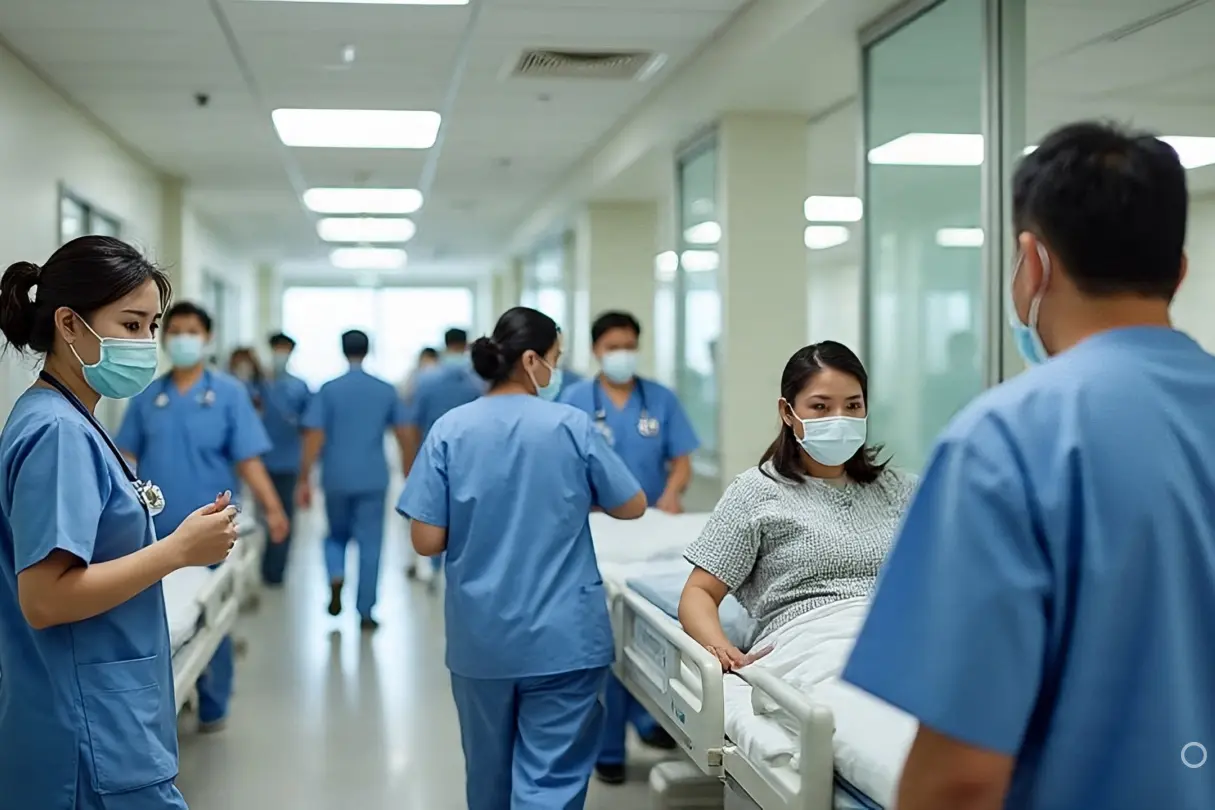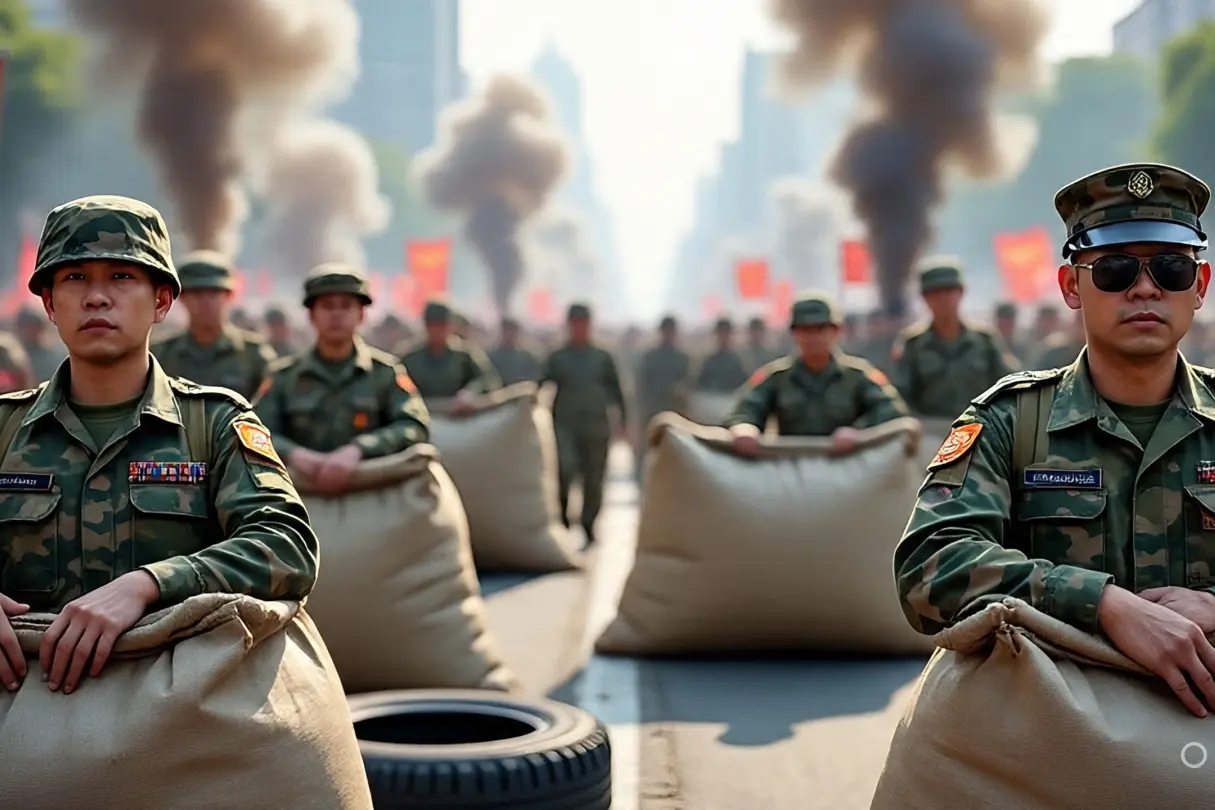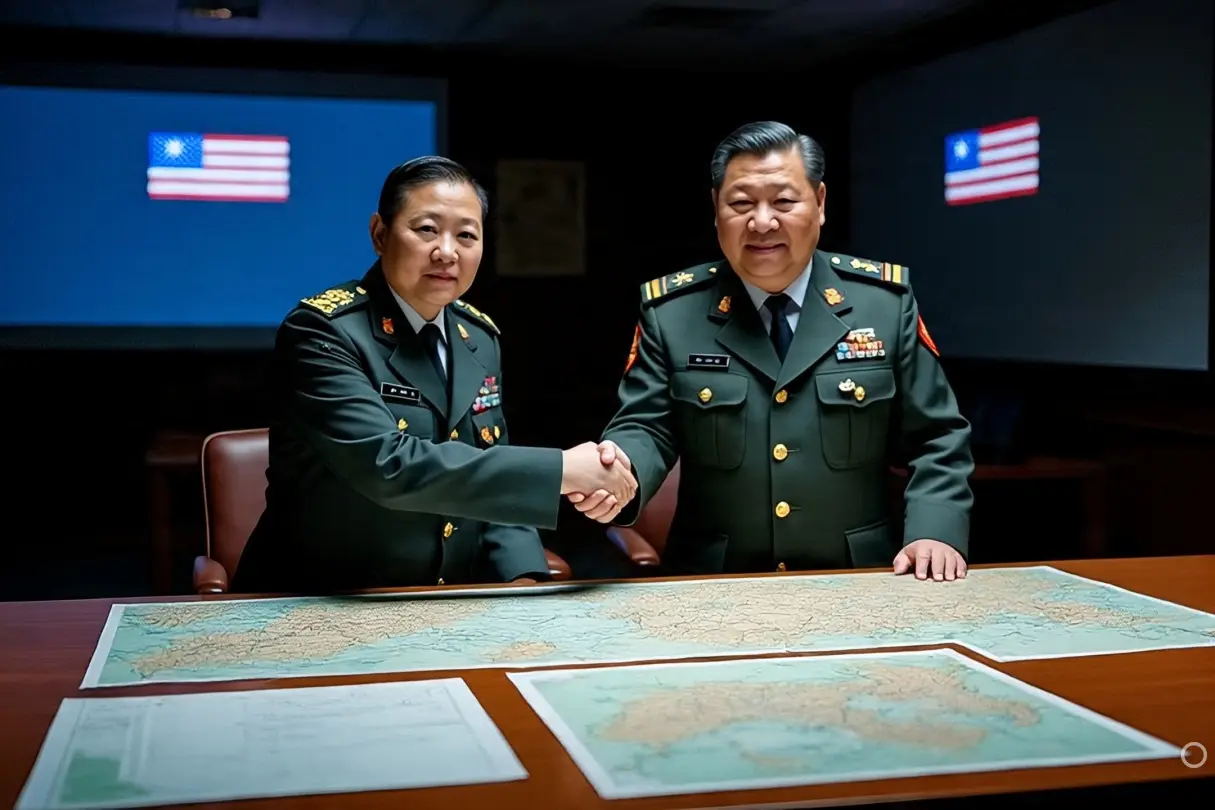The Early Days: Thailand Grapples with a New Virus
Thailand made headlines as one of the first countries outside China to detect the COVID-19 virus. By mid-January 2020, a traveler from Wuhan had tested positive for the virus. Local transmission followed soon after, but the total case count remained low through February, hovering around forty cases. That lull raised eyebrows: was Thailand simply fortunate, or was something else at play?
In early March, cases began to rise, driven by clusters linked to crowded events. Health officials declared the virus a hazardous disease. With cases spiking, markets and malls shut, and a national state of emergency was declared in late March. Yet, around the same time, flights continued to land, and tourists were still arriving. The tourism industry, accounting for nearly one-fifth of GDP, was screaming. Emergency healthcare was ramped up. Yet with travel still humming, some suspected a delicate balancing act—one that prioritized appearances over aggressive containment.
Were Cases Downplayed to Keep Tourists Coming?
Rumors abounded that case numbers were minimized to protect the economy. Foreign tourists flooded into March without quarantine. Some VIPs even bypassed restrictions, sparking public outrage when they contracted the virus. It seemed suspicious that the government allowed it. Protests emerged—not only over potential health risks but also over economic losses as provinces popular with tourists hemorrhaged businesses. People asked: Were the data being massaged? Were testing capacities limited, so numbers looked manageable? Or was communication policy simply too slow?
However, beneath the theory lies a logistical reality: Thailand gradually ramped up testing, scaling from a few labs to over 200 by October. Surveillance systems and rapid-response teams were mobilized, and nearly all treatment costs were covered, even for non-nationals. When active cases dropped by mid-May, restrictions eased in phases, though reopening travel remained cautious. Thailand even achieved 100 days without local transmission—a feat of containment that surprised many.
Tourism vs. Health: How Other ASEAN Nations Responded
Thailand wasn’t alone in navigating this tension. Some regional neighbors acted quicker to limit entry; others waited. Here’s how the dynamics played out:
| Country | Early Restrictions | Tourism Revenue at Risk | Testing & Response |
|---|---|---|---|
| Thailand | Moderate / Late | High reliance | Scaled rapidly |
| Neighbor A | Immediate closure | Moderate reliance | Implemented fast |
| Neighbor B | Delayed response | Low reliance | Slow ramp-up |
Thailand’s decisions weren’t solely political—they stemmed from needing time to build testing infrastructure while grappling with social and economic pressures. That means slow restrictions may not indicate deception but cautious capability management.
Trust, Timing, and the Real Challenge
It’s vital to differentiate between deliberate downplaying and systemic limitations. Thailand was no exception in striking a balance between health and livelihoods. Lab capacity had to grow. Surveillance systems had to be networked across provinces. Health volunteers had to be mobilized. These moves didn’t show bad faith—they showed growing commitment.
Still, transparency didn’t keep pace. Public messaging lagged, VIP cases exposed policy loopholes, and tourism was prioritized in ways that left some communities feeling unsafe or ignored. Balancing these two priorities—health and economy—is hard anywhere, but especially in developing nations where tourism sustains millions of families.




